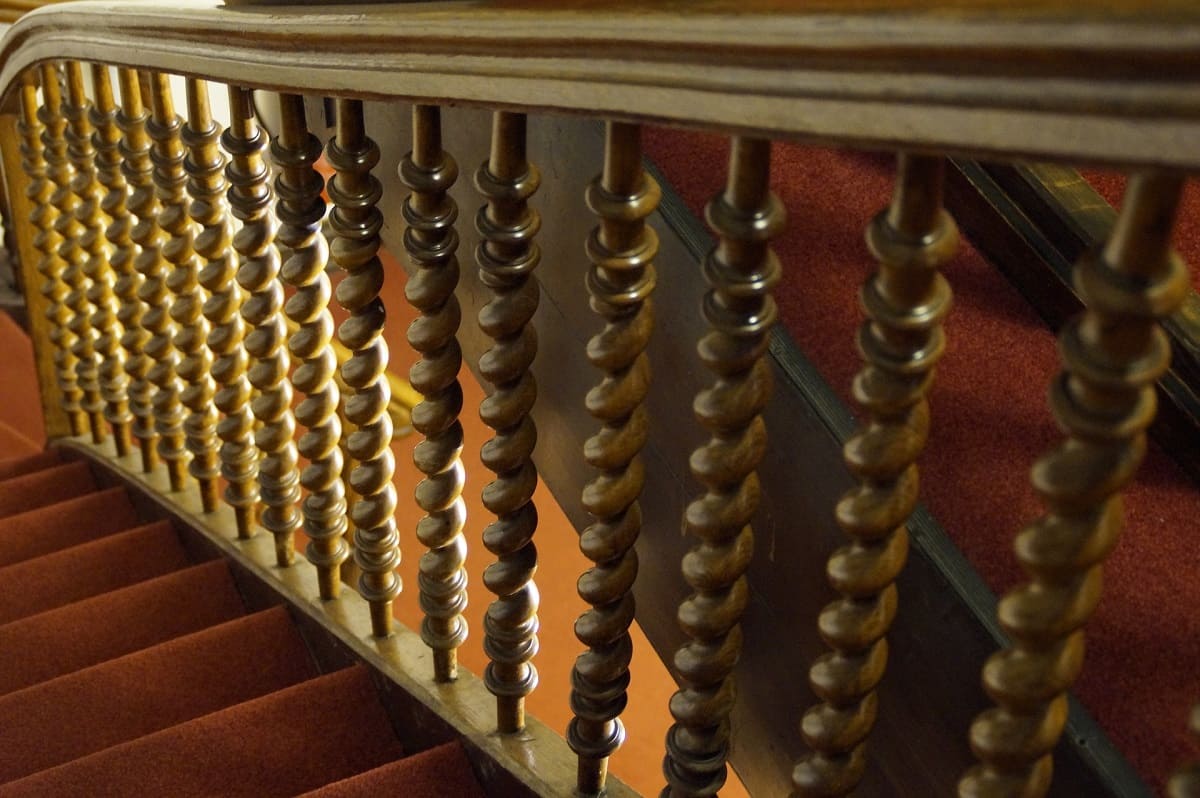

Articles
What Are Spindles On Stairs
Modified: January 19, 2024
Learn about the different types and functions of spindles on stairs in our informative articles. Enhance your knowledge of stair designs and construction.
(Many of the links in this article redirect to a specific reviewed product. Your purchase of these products through affiliate links helps to generate commission for Storables.com, at no extra cost. Learn more)
Introduction
When it comes to home design, stairs are an essential component that not only provide functionality but also add aesthetic appeal to any space. One of the key elements of a well-designed staircase is the incorporation of spindles. These spindles, also known as balusters, are vertical supports that run between the handrail and the staircase tread. They not only enhance the safety of the staircase but also play a crucial role in creating a visually pleasing and cohesive look.
In this article, we will explore the definition, purpose, types, materials, installation, maintenance, and safety considerations regarding spindles on stairs. By understanding these aspects, you will be able to make informed decisions when it comes to incorporating spindles into your own staircase design.
Key Takeaways:
- Spindles on stairs serve a dual purpose of enhancing safety and contributing to the aesthetic appeal of a staircase, making them an essential element in any well-designed home or commercial space.
- The choice of material for spindles on stairs, such as wood, metal, or glass, allows for customization and creative expression, offering homeowners the opportunity to personalize their staircase design to match their interior style.
Read more: How To Replace Spindles On Stairs
Definition of Spindles on Stairs
In simple terms, spindles on stairs refer to the vertical supports that are positioned between the handrail and the staircase tread. They serve as a protective barrier and are designed to prevent falls or accidents when ascending or descending the staircase.
Spindles are typically made of various materials such as wood, metal, or glass, and can come in a variety of shapes and sizes. They play a vital role not only in ensuring the safety of individuals using the stairs but also in adding architectural interest and visual appeal to the overall design of the staircase.
These vertical supports are strategically placed to maintain the required spacing between each spindle, ensuring that there are no gaps large enough for a child or pet to fall through. The specific regulations and guidelines for the spacing, height, and diameter of spindles may vary based on local building codes and safety standards.
Spindles are an integral part of the balustrade system, which comprises the handrail, newel posts, and the base rail. When combined, these components create a cohesive and visually appealing structure that provides stability and support while navigating the staircase.
Overall, spindles on stairs serve a dual purpose: they enhance safety and contribute to the overall aesthetic appeal of the staircase, making them an essential element in any well-designed home or commercial space.
Purpose of Spindles on Stairs
The primary purpose of spindles on stairs is to ensure the safety of individuals using the staircase. They serve as a protective barrier that prevents falls or accidents, particularly in households with children, pets, or elderly individuals. By providing a physical boundary between the handrail and the staircase tread, spindles help to create a secure and controlled environment for stair usage.
Aside from safety considerations, spindles also play a significant role in enhancing the overall aesthetic appeal and design of a staircase. They add visual interest and architectural detail, transforming an ordinary staircase into a focal point of the space. Whether you have a traditional, contemporary, or modern interior style, spindles can be customized to match the overall design theme and create a cohesive look.
Additionally, spindles contribute to the structural integrity and stability of the staircase. By evenly distributing the weight and forces exerted on the handrail, spindles help to prevent excessive movement or wobbling, ensuring a stable and reliable staircase for daily use.
Furthermore, spindles offer an opportunity for creative expression and personalization. They come in various shapes, sizes, and materials, providing homeowners with options to customize their staircase design. This allows for a unique and personalized touch that reflects the homeowner’s style and preferences.
Overall, the purpose of spindles on stairs goes beyond safety considerations. They contribute to the overall aesthetic appeal, structural integrity, and individuality of the staircase, making them an essential element in any well-designed and functional home.
Types of Spindles Used on Stairs
Spindles on stairs come in a variety of shapes, sizes, and materials, allowing for versatility and customization in staircase designs. Here are some common types of spindles used on stairs:
- Wooden Spindles: Wooden spindles are a classic and timeless option for staircase designs. They can be crafted from various types of wood, such as oak, pine, or mahogany, offering a wide range of color and grain patterns to choose from. Wooden spindles provide a warm and natural look, making them suitable for both traditional and contemporary interiors.
- Metal Spindles: Metal spindles, such as wrought iron or steel, are known for their durability and versatility. They can be designed in intricate patterns or simple, sleek designs, adding a touch of elegance and sophistication to the staircase. Metal spindles can be powder-coated or painted to match the desired color scheme, making them a popular choice for modern and industrial-style interiors.
- Glass Spindles: Glass spindles offer a sleek and contemporary look to any staircase design. They provide a level of transparency that allows for unobstructed views, making them an ideal choice for open-concept or minimalist spaces. Glass spindles can be clear, frosted, or even etched with patterns or designs, adding a touch of sophistication and lightness to the overall design.
- Cable or Wire Spindles: Cable or wire spindles have gained popularity in modern staircase designs. They feature horizontal cables or wires stretched between the handrail and the base rail, creating a clean and minimalist look. This type of spindle provides an open and airy feel, allowing for better visibility and a contemporary aesthetic.
It’s important to note that these are just a few examples of the types of spindles used on stairs. The design possibilities are almost endless, and homeowners can mix and match different materials and styles to create a unique and personalized staircase design that suits their taste and complements their overall interior aesthetic.
Materials Used for Spindles on Stairs
Spindles on stairs can be made from a variety of materials, each offering unique characteristics and aesthetic appeal. The choice of material depends on personal preferences, budget, and the desired overall design of the staircase. Here are some common materials used for spindles on stairs:
- Wood: Wood is a timeless and versatile material that is popular for staircase spindles. It offers a warm and natural look and can be customized to match different interior styles. Hardwoods like oak, maple, mahogany, and walnut are commonly used for wooden spindles due to their durability and aesthetic appeal.
- Metal: Metal spindles, such as wrought iron, steel, or aluminum, are another popular choice. Metal spindles provide a sleek and modern look to the staircase and are known for their durability. They can be designed with intricate patterns and details, adding a touch of elegance and sophistication to the overall design.
- Glass: Glass spindles offer a contemporary and visually appealing option for staircase designs. They can be clear, frosted, or even etched with patterns, providing a clean and minimalist look. Glass spindles are perfect for creating an open and airy feel and allowing for unobstructed views, making them a popular choice for modern and minimalist interiors.
- Metal with Wood Combination: Combining metal and wood is a creative way to add visual interest and enhance the overall design of the staircase. This combination allows for the warm and natural look of wood along with the strength and durability of metal. For example, using wooden handrails with metal spindles or incorporating metal accents in wooden spindles can create a unique and striking look.
It’s important to consider the maintenance and durability of the material when choosing the spindles for your stairs. Different materials may require different levels of maintenance and care to ensure their longevity. Additionally, considering the overall aesthetic and design of your home will help you select the material that best complements your existing interior style.
Ultimately, the choice of material for spindles on stairs is a personal one that should align with your preferences, budget, and the desired look and feel of your staircase.
Read more: How To Install Metal Spindles On Stairs
Installation and Maintenance of Spindles on Stairs
Installing and maintaining spindles on stairs is an important part of creating a safe and visually appealing staircase. Here are some key considerations for the installation and maintenance of spindles:
Installation:
1. Planning: Before installing the spindles, it is crucial to carefully plan the layout and spacing. Consult local building codes or regulations to ensure compliance with safety guidelines regarding the height, spacing, and diameter of the spindles.
2. Measurement: Accurate measurements are vital for achieving a balanced and visually pleasing design. Measure the distance between the handrail and the base rail, as well as the spacing between each spindle, ensuring consistency throughout the staircase.
3. Prepping: Prepare the spindles for installation by sanding down any rough edges or imperfections. If using pre-finished spindles, protect the finish by covering them with tape or protective covers during installation.
4. Mounting: Securely attach the spindles to the handrail and the base rail, ensuring that they are level and plumb. Use appropriate hardware, such as screws or brackets, to securely fasten the spindles in place.
5. Finishing Touches: Once all the spindles are installed, carefully inspect the staircase for any loose or uneven spindles. Make any necessary adjustments, and add any decorative elements, such as trim or molding, to provide a refined and cohesive look.
Maintenance:
1. Regular Cleaning: To maintain the appearance of the spindles, regularly dust or wipe them down with a soft cloth to remove any dirt, dust, or fingerprints. Avoid using abrasive cleaners or harsh chemicals that can damage the material.
2. Repairing Damage: In the event that a spindle becomes damaged, repair or replace it promptly. Wooden spindles may require occasional refinishing or re-staining to maintain their appearance, while metal or glass spindles may require occasional polishing to remove smudges or oxidation.
3. Inspecting for Loose or Damaged Spindles: Periodically check the spindles for any signs of looseness or damage. Tighten any loose screws or brackets and replace any damaged spindles to ensure the structural integrity of the staircase.
4. Railing Maintenance: In addition to maintaining the spindles, regularly inspect and maintain the handrail and base rail. Repair any loose or damaged components to ensure the overall stability and safety of the staircase.
By following these installation and maintenance practices, you can ensure the long-lasting beauty and safety of your staircase. Regular upkeep and attention to detail will not only enhance the lifespan of the spindles but also contribute to the overall enjoyment and appeal of your home.
Safety Considerations Regarding Spindles on Stairs
When it comes to the installation and design of spindles on stairs, safety should be a top priority. Here are some essential safety considerations to keep in mind:
Spacing and Height:
Adhering to local building codes or regulations is crucial when it comes to determining the spacing and height of the spindles. The spacing should be designed to prevent children’s heads from getting stuck, minimizing the risk of accidents. Generally, the spacing between spindles should be no wider than 4 inches. The height should also comply with regulations to ensure adequate handrail support and prevent individuals from leaning over the handrail.
Sturdiness and Stability:
Proper installation is vital to ensure the sturdiness and stability of the spindles on stairs. They should be securely fastened to the handrail and base rail, with no wobbling or movement. Regularly check for any loose or damaged spindles and tighten or replace them as necessary to maintain the structural integrity of the staircase.
Material Durability:
The durability of the material used for the spindles is an important safety consideration. Ensure that the material chosen can withstand regular use and potential impact. For example, metal spindles should be free from rust or corrosion, and glass spindles should be made from tempered safety glass to minimize the risk of breakage. Wooden spindles should be solid and free from cracks or weak points.
Handrail Support:
In addition to the spindles, the handrail plays a critical role in ensuring safety on stairs. The handrail should be installed at a comfortable height and securely attached to the wall or newel posts. It should be able to support the weight of individuals using the staircase and provide stability and balance while ascending or descending.
Regular Maintenance:
Regular maintenance of the spindles and the entire staircase is essential for safety. Inspect the spindles for any signs of damage or wear and address them promptly. Regularly check the handrail and base rail for stability and ensure that there are no loose or damaged components that could pose a safety risk.
Additionally, it is important to educate household members, especially children, about the importance of stair safety. Encourage them to use the handrail, avoid running or playing on the stairs, and be mindful of their surroundings to prevent accidents.
By considering these safety measures and following proper installation and maintenance practices, you can create a safe and secure staircase environment for your family and guests.
Conclusion
Spindles on stairs play a crucial role in both the safety and aesthetic aspects of a staircase. They provide a protective barrier, preventing falls and accidents while ascending or descending the stairs. Additionally, spindles add architectural interest and visual appeal to the overall design of the staircase, enhancing the aesthetics of any space.
From wooden to metal and glass, the choice of material for spindles is vast, allowing homeowners to personalize their staircase design and match their interior style. Each material offers unique characteristics and can create different looks, whether it’s a classic, modern, or contemporary aesthetic.
Proper installation and maintenance of spindles are key to ensuring their longevity and safety. Careful planning, accurate measurement, and secure attachment are essential during the installation process. Regular maintenance, including cleaning, repairing, and inspecting for damage or loose spindles, will further contribute to the durability and safety of the staircase.
When incorporating spindles into your staircase design, it’s important to consider compliance with local building codes or regulations regarding spacing and height. Ensuring the proper distance between spindles and a sturdy support system, including the handrail and base rail, are crucial safety considerations.
By prioritizing safety and following proper installation and maintenance practices, you can create a beautiful and secure staircase that is both functional and visually appealing. Spindles not only provide peace of mind by protecting against falls but also contribute to the overall character and style of your home.
Whether you opt for the traditional warmth of wooden spindles, the sleek elegance of metal, the contemporary appeal of glass, or the minimalist design of cable or wire spindles, the choice of spindles on stairs allows for customization and creative expression. Incorporating these vertical supports into your staircase will undoubtedly enhance the look and feel of your space.
In conclusion, spindles on stairs are not only a necessity for safety but also an opportunity to elevate the design and style of your staircase. By understanding their purpose, exploring different types and materials, and following proper installation and maintenance practices, you can enjoy a staircase that is both functional and visually stunning for years to come.
Frequently Asked Questions about What Are Spindles On Stairs
Was this page helpful?
At Storables.com, we guarantee accurate and reliable information. Our content, validated by Expert Board Contributors, is crafted following stringent Editorial Policies. We're committed to providing you with well-researched, expert-backed insights for all your informational needs.
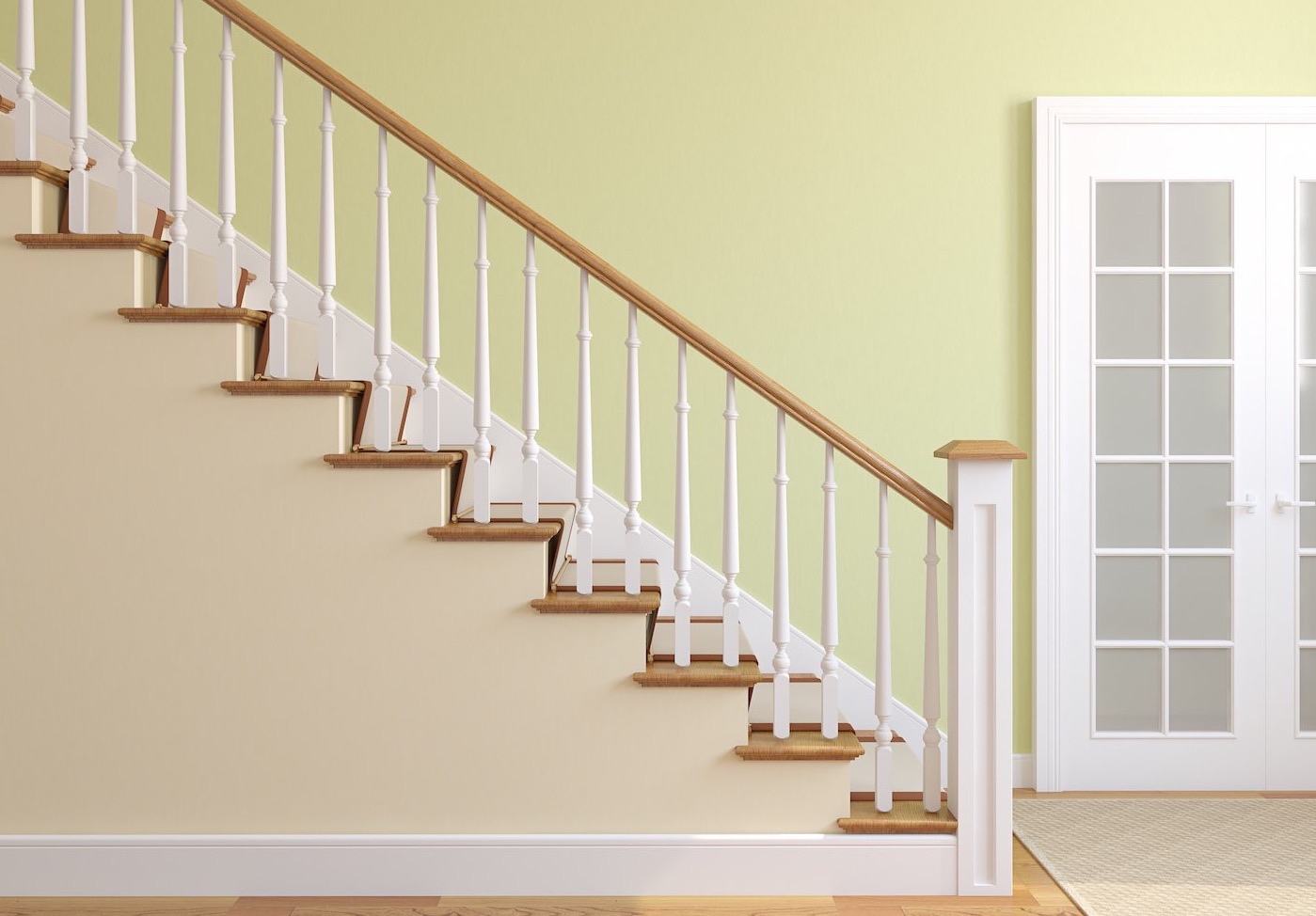
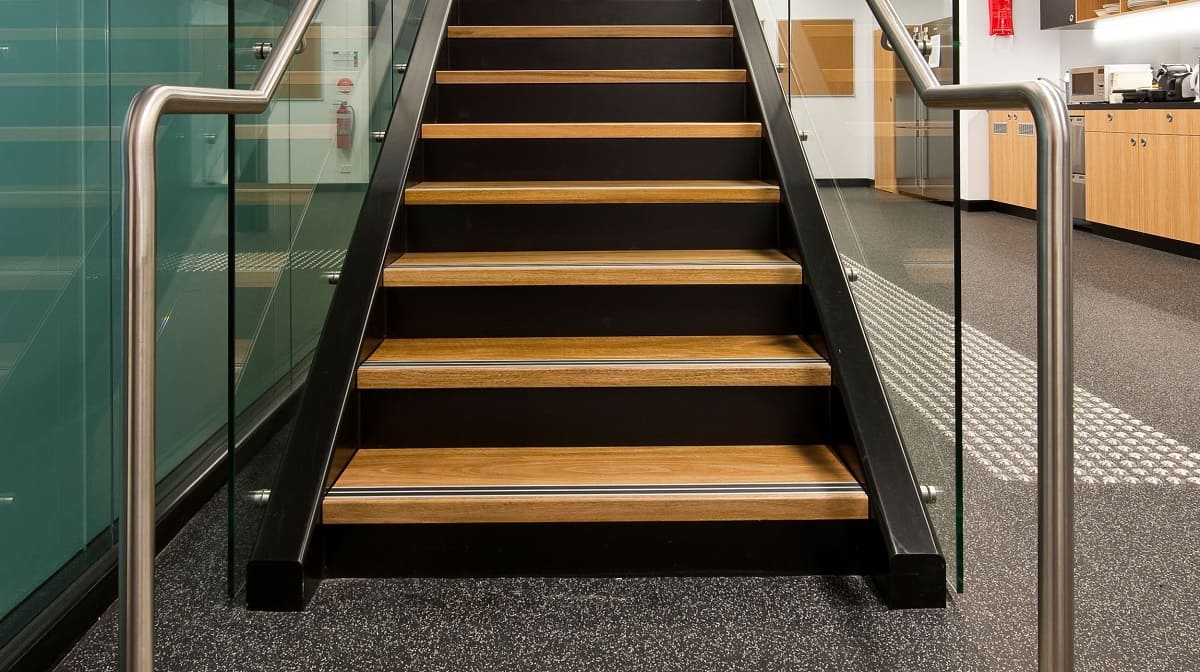
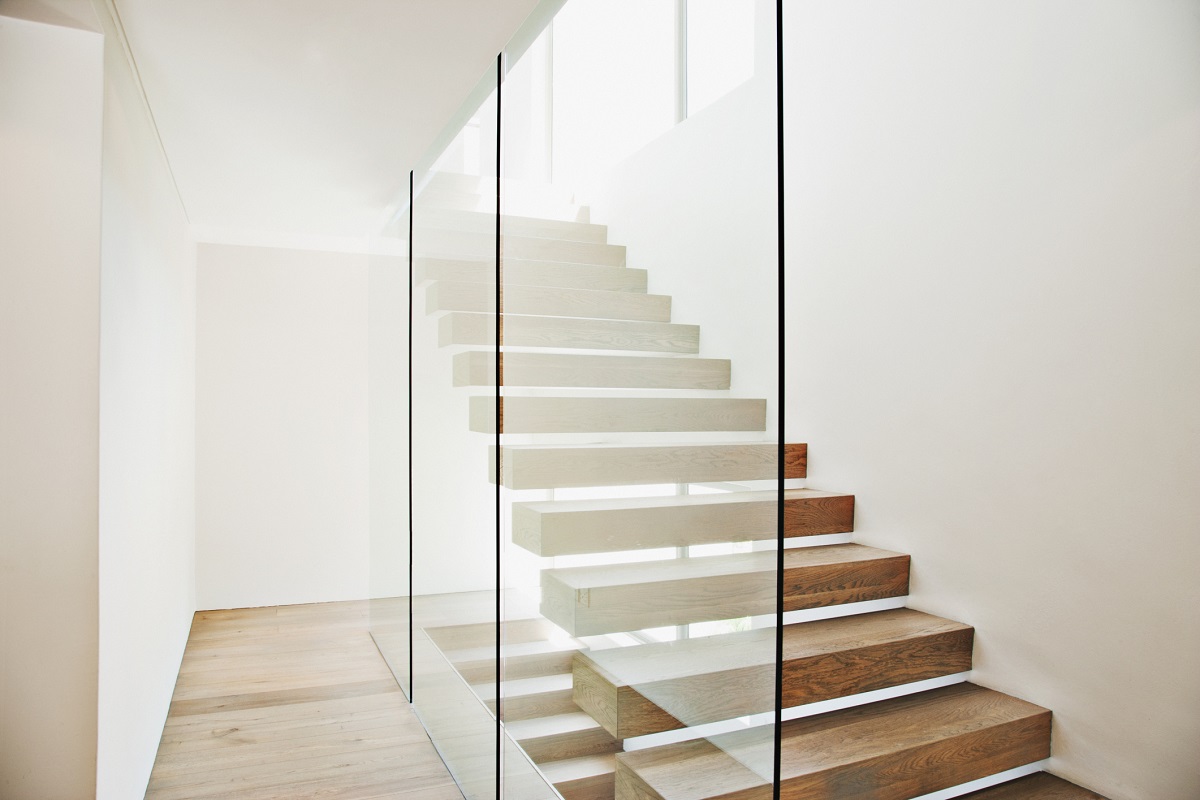
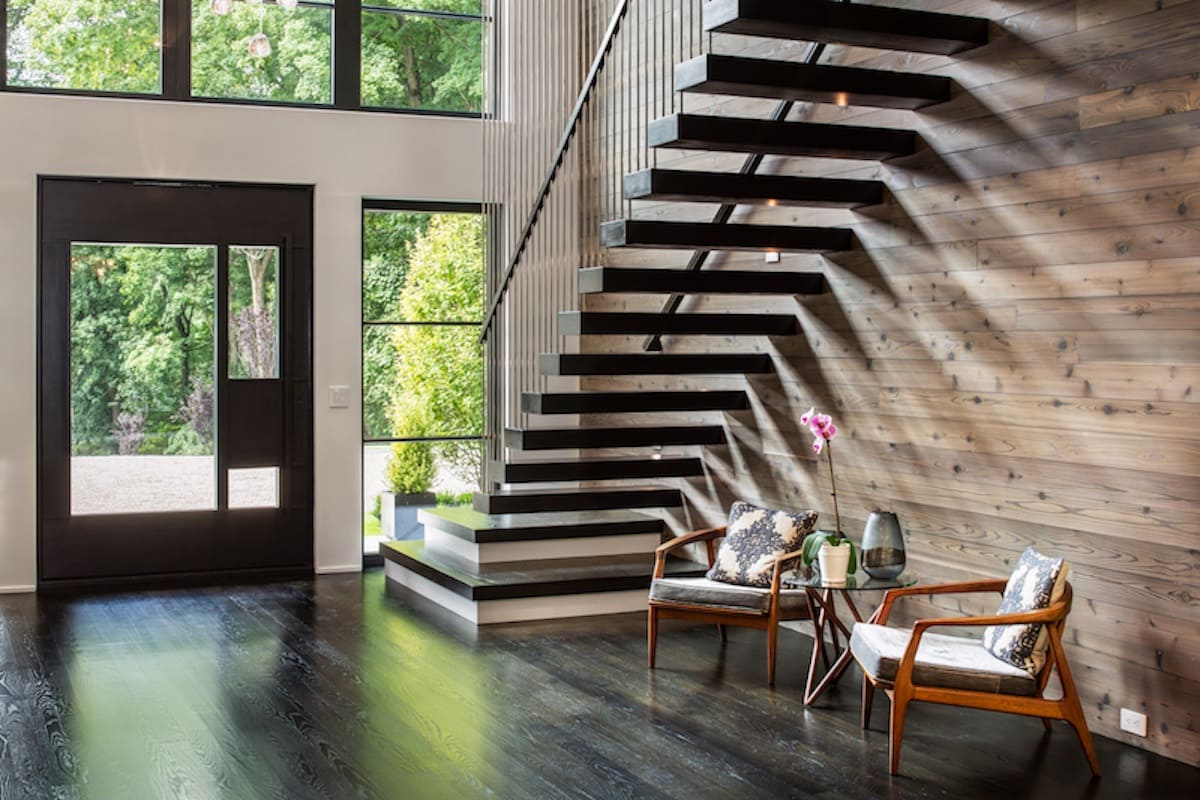
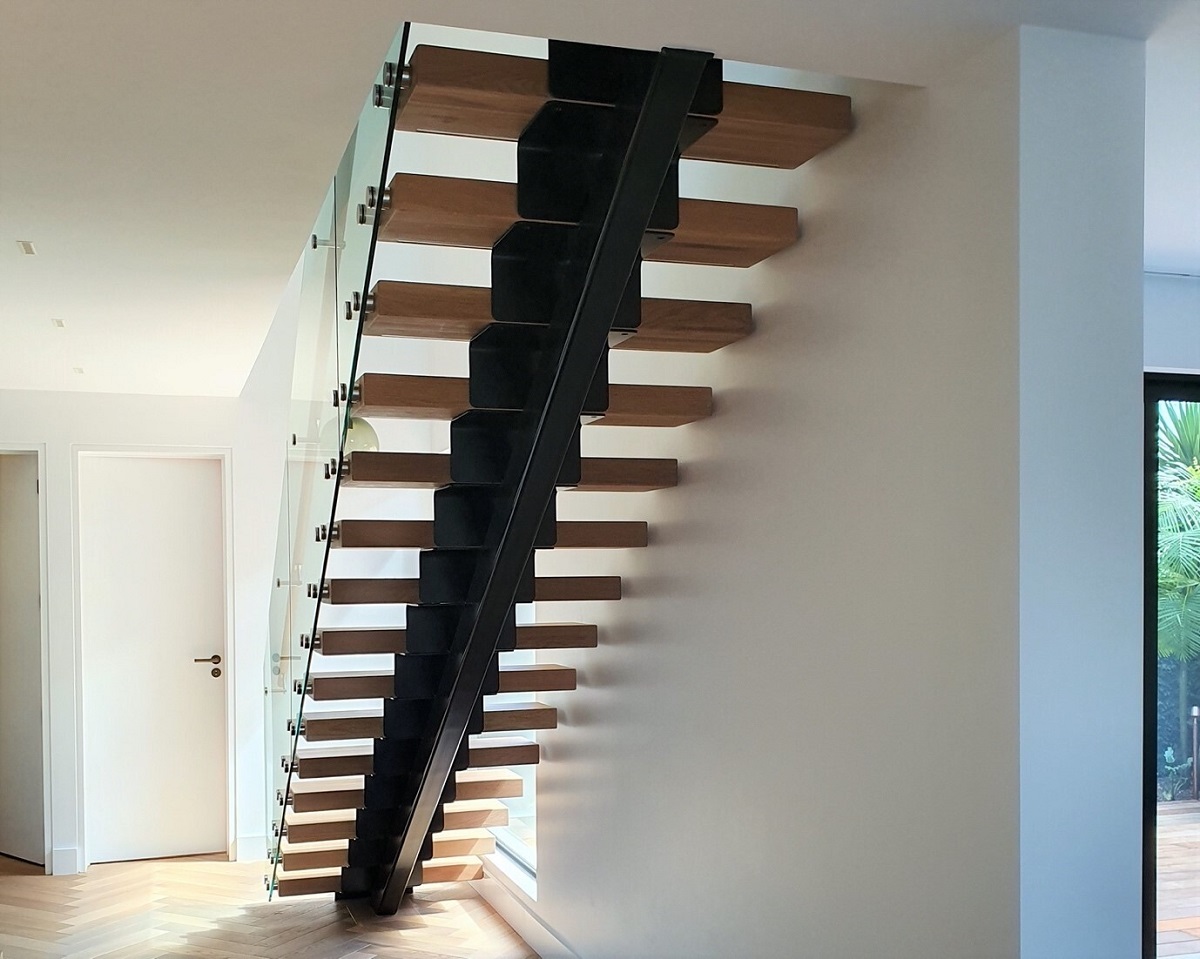
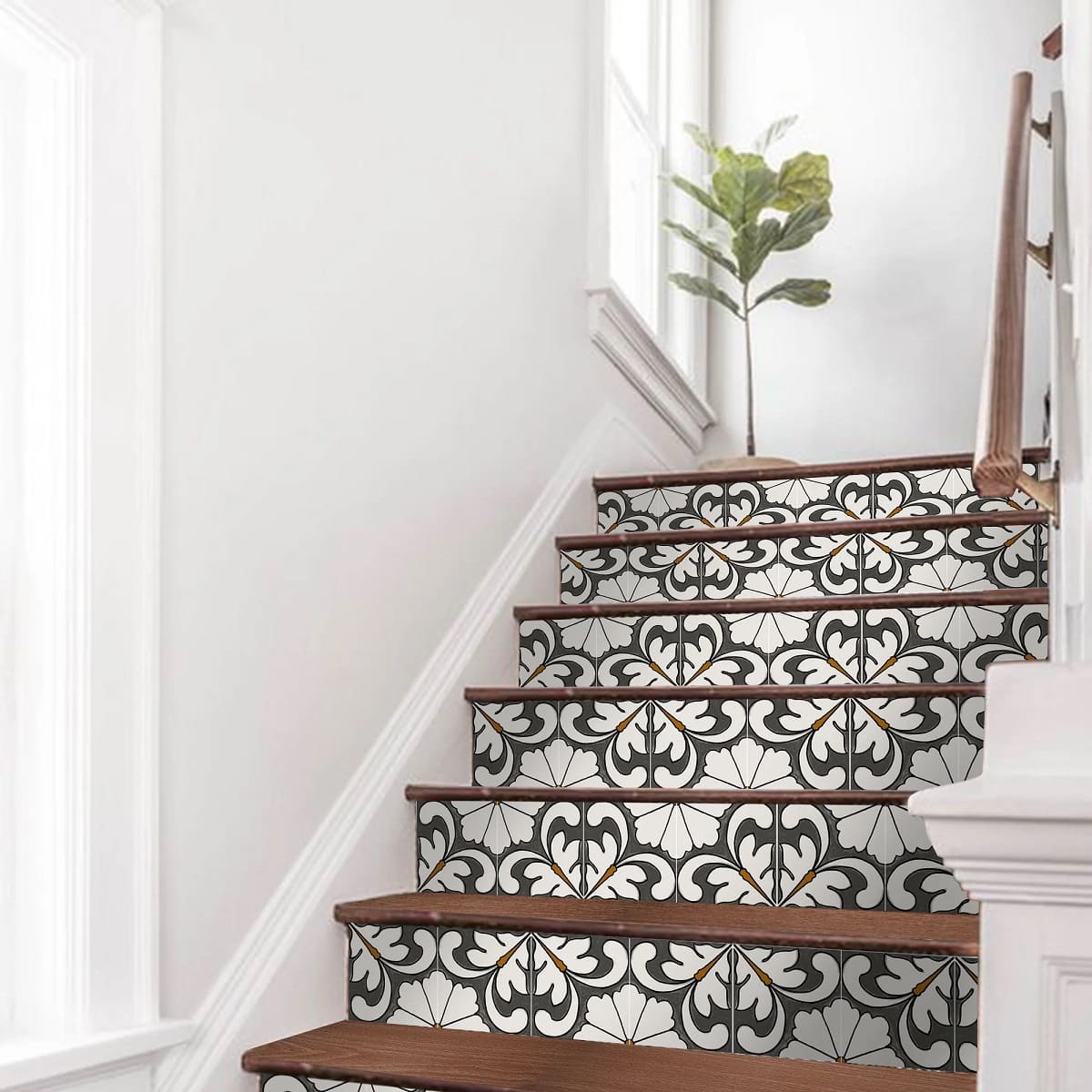
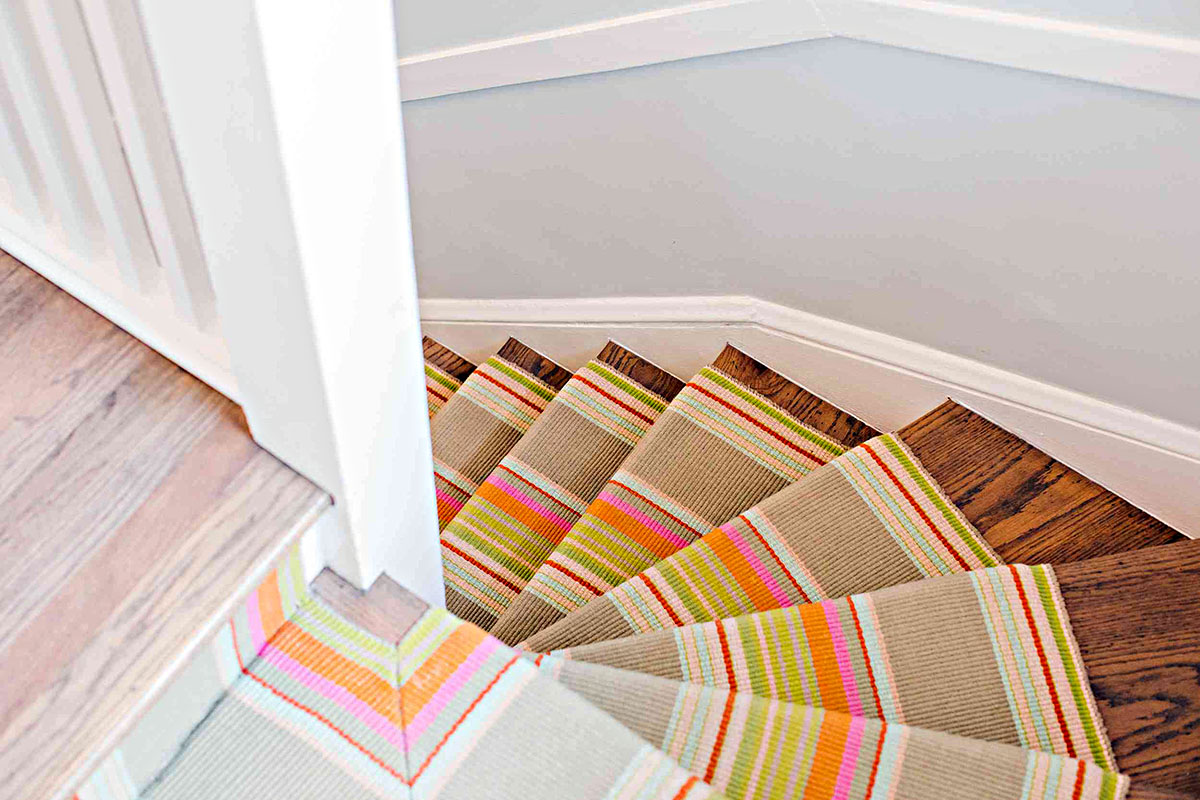
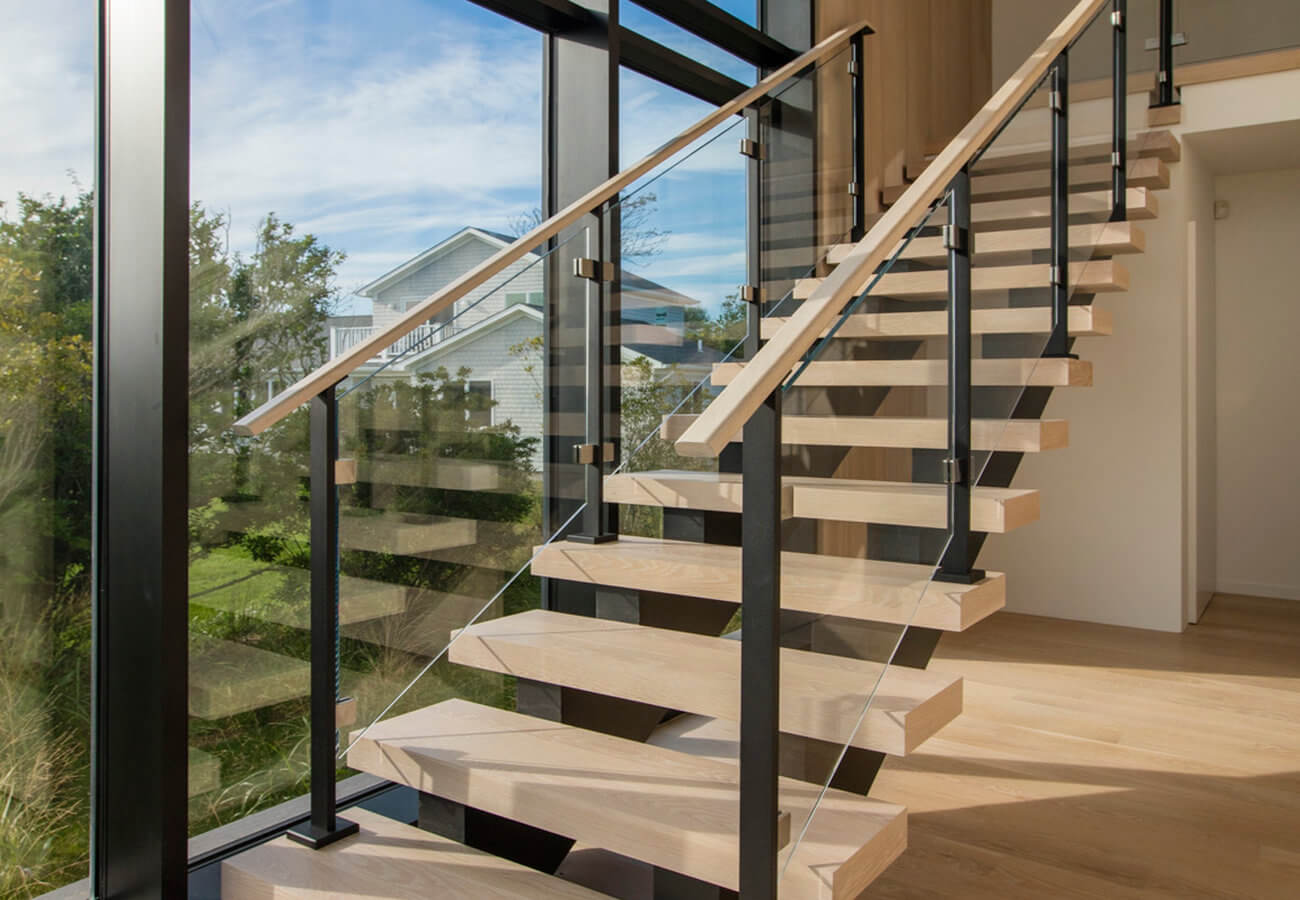
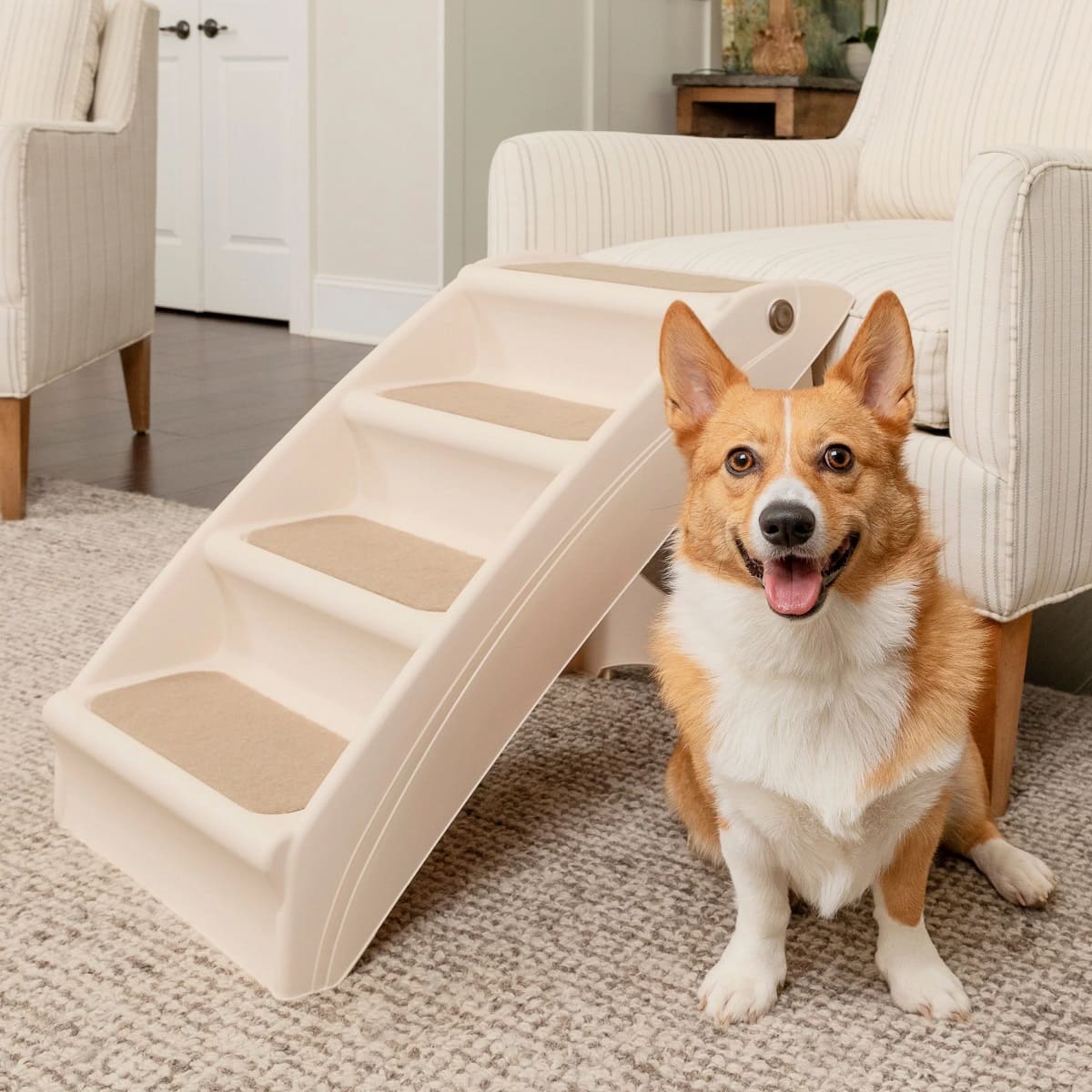
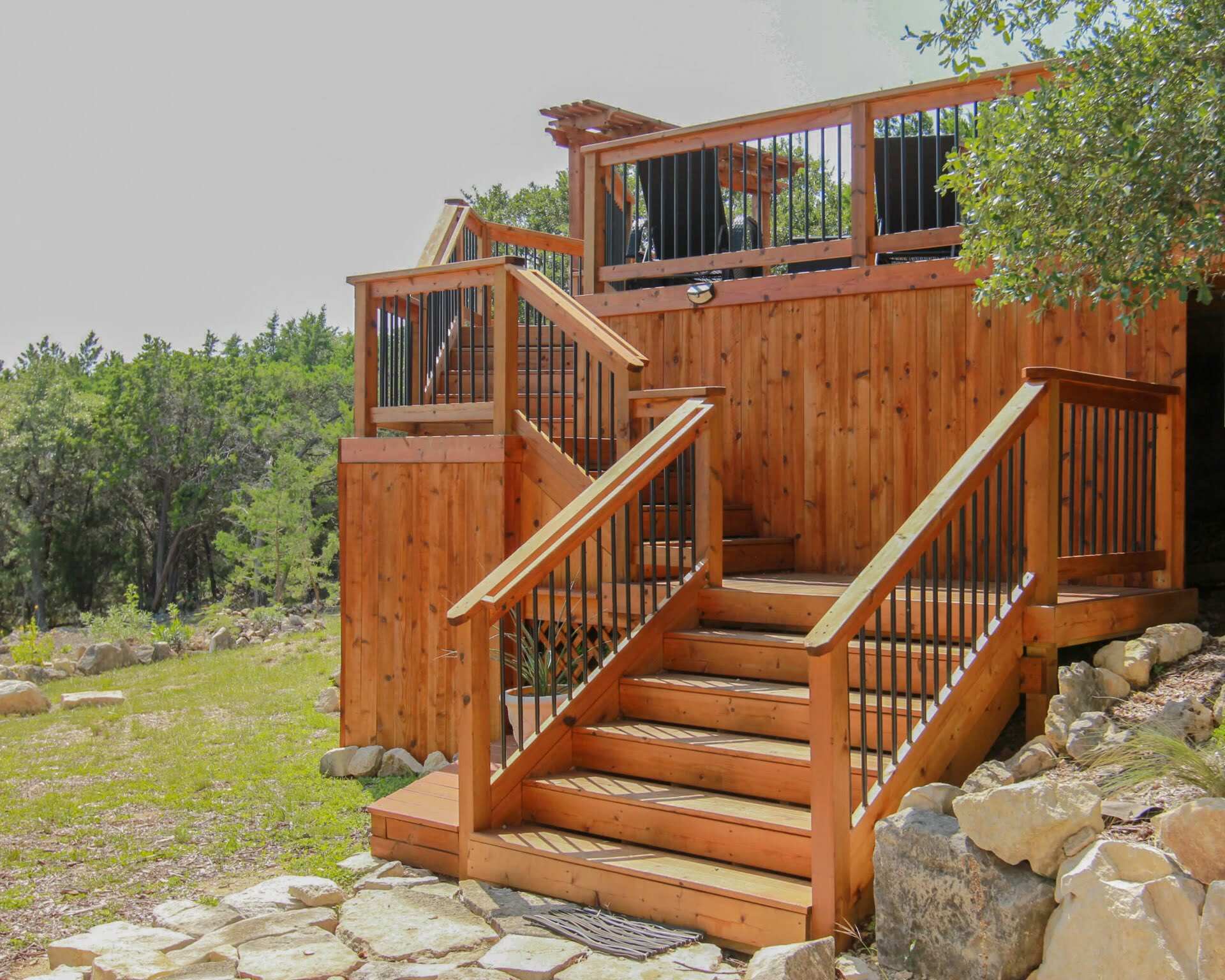
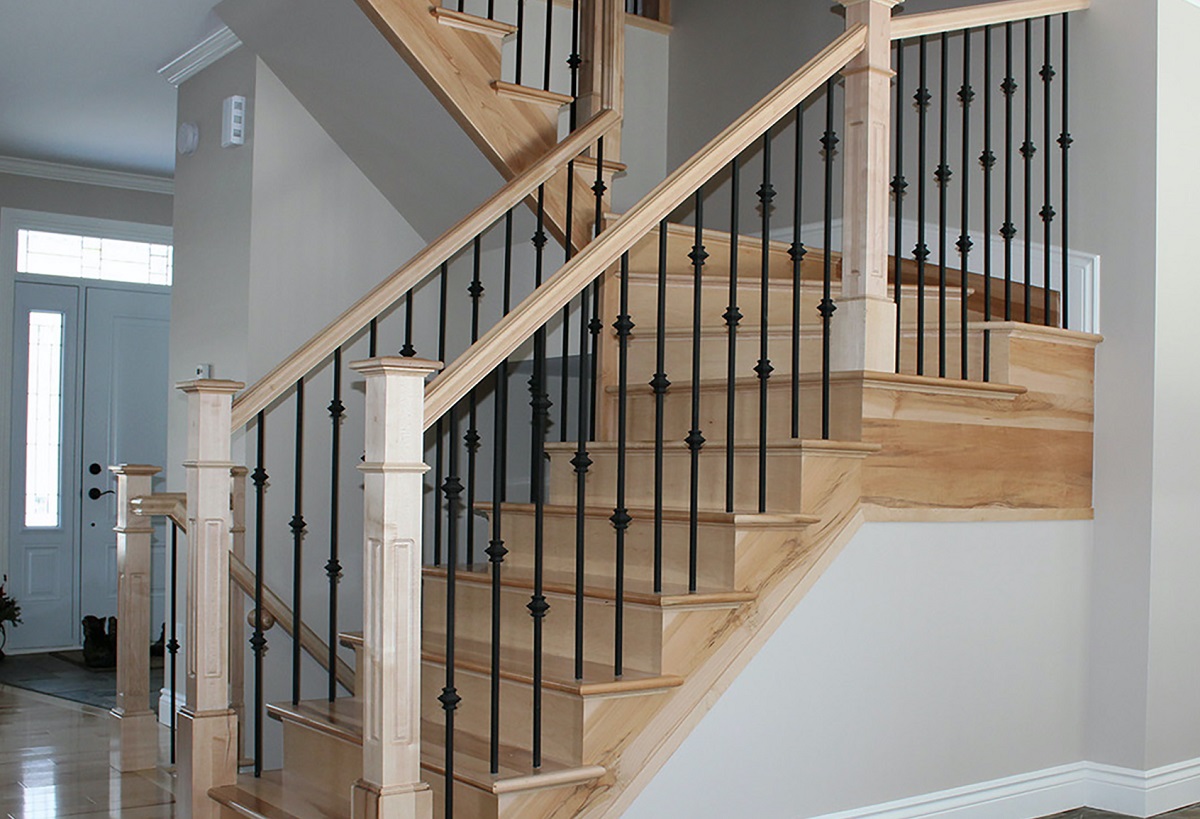
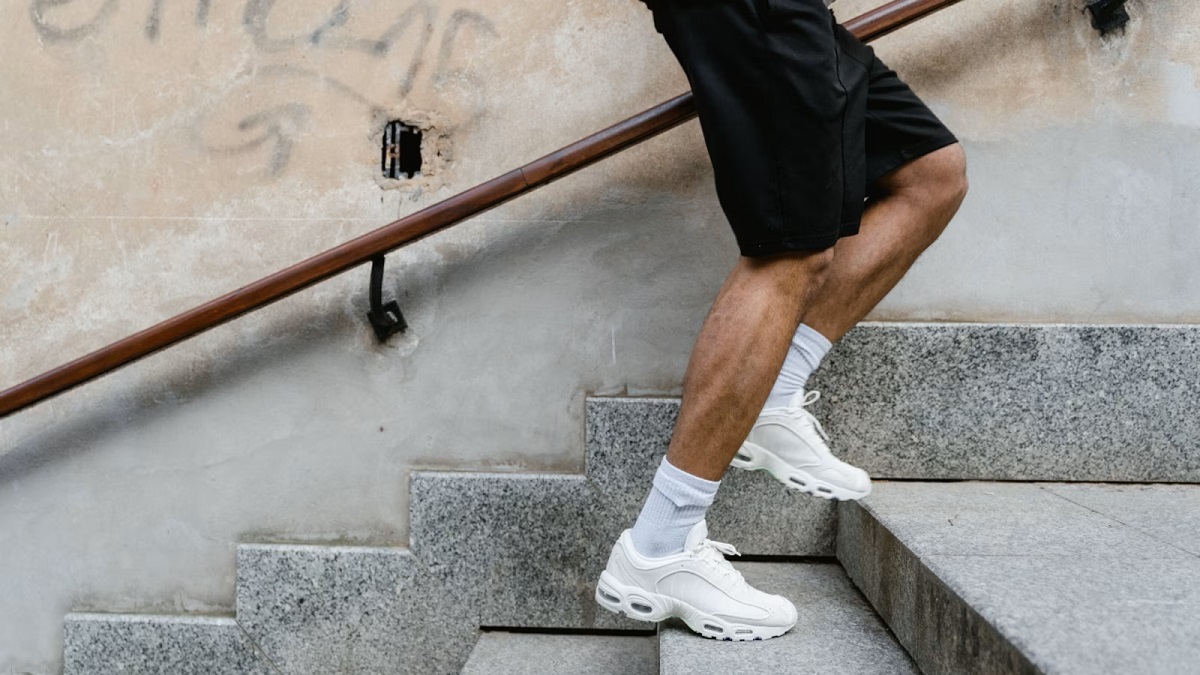

0 thoughts on “What Are Spindles On Stairs”